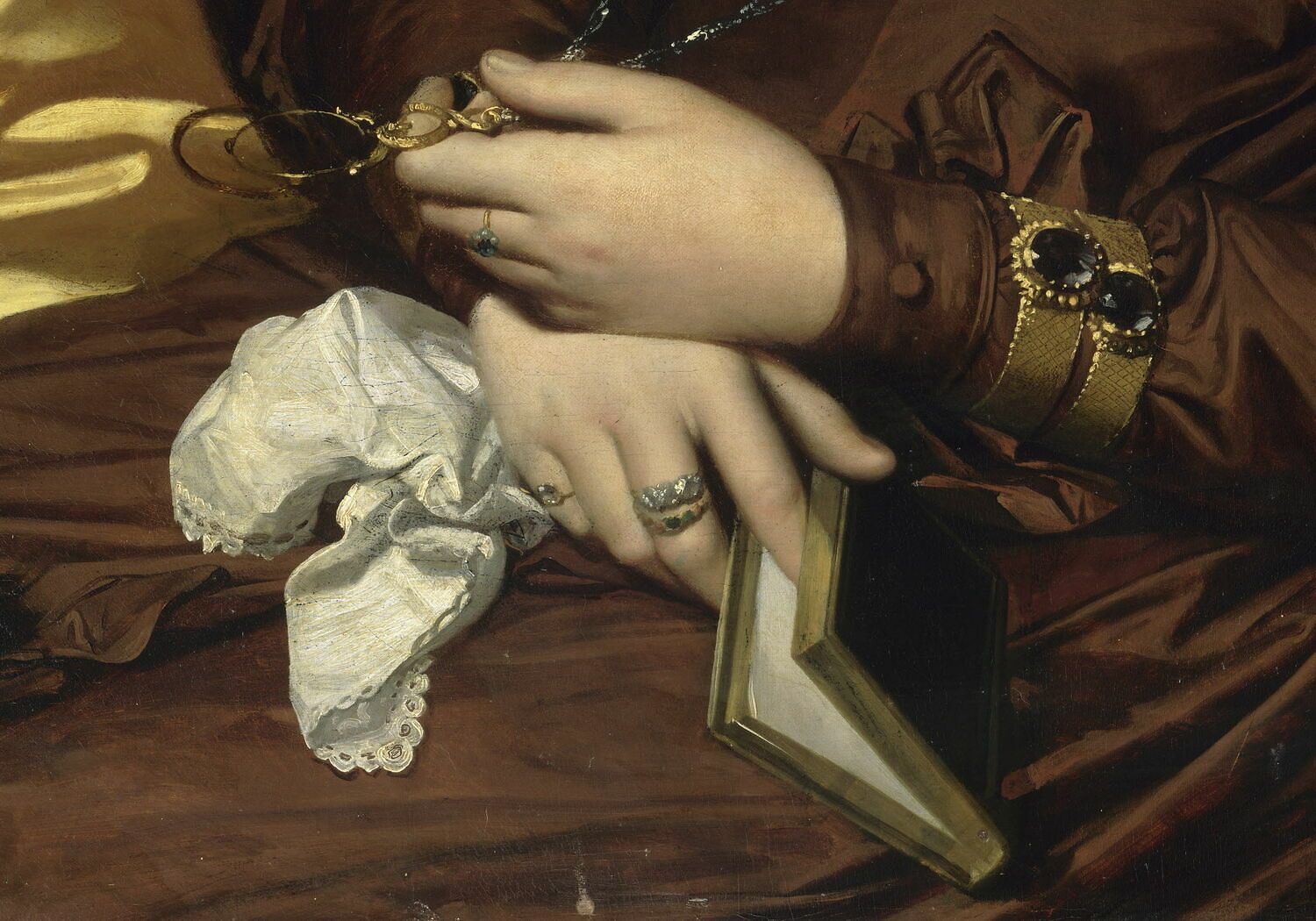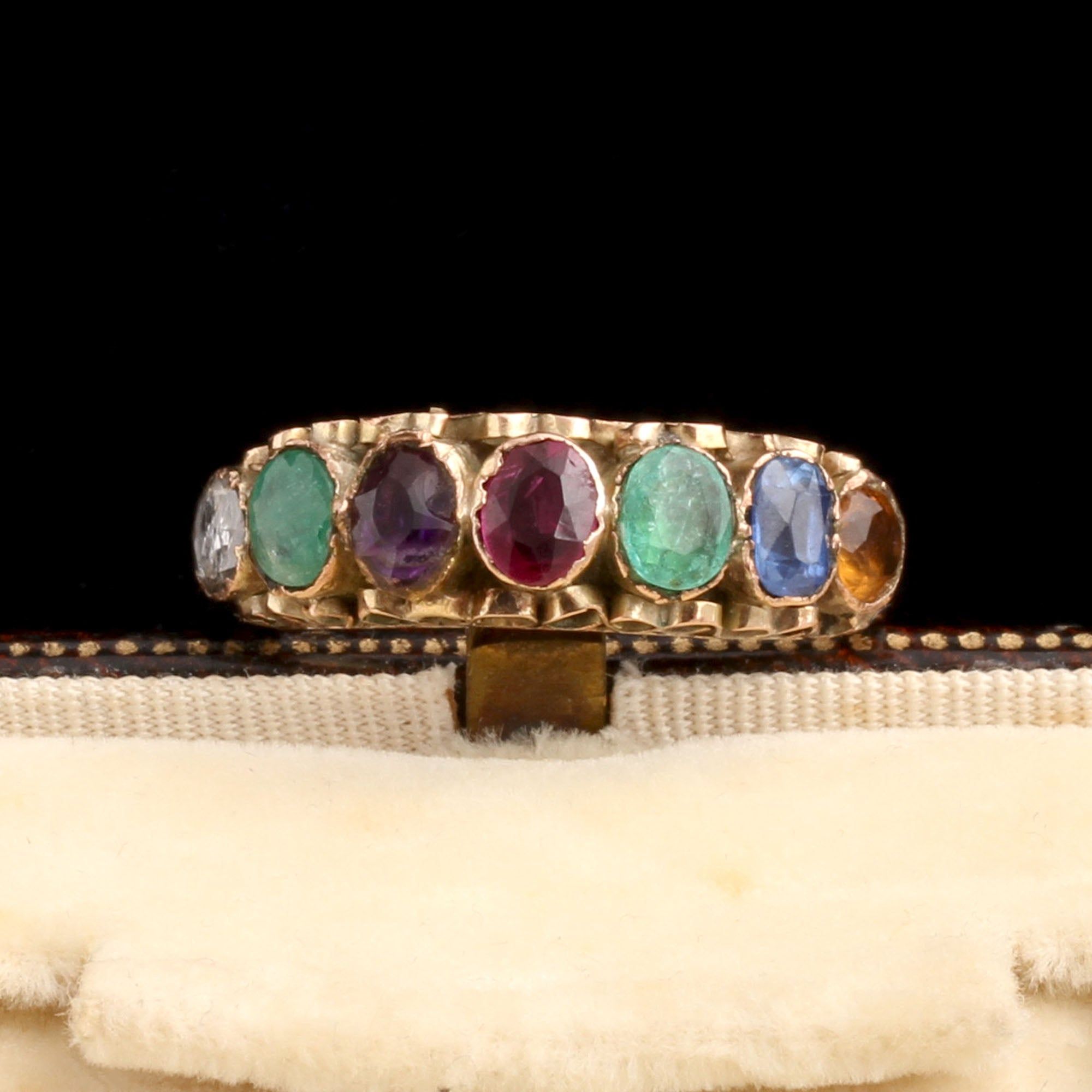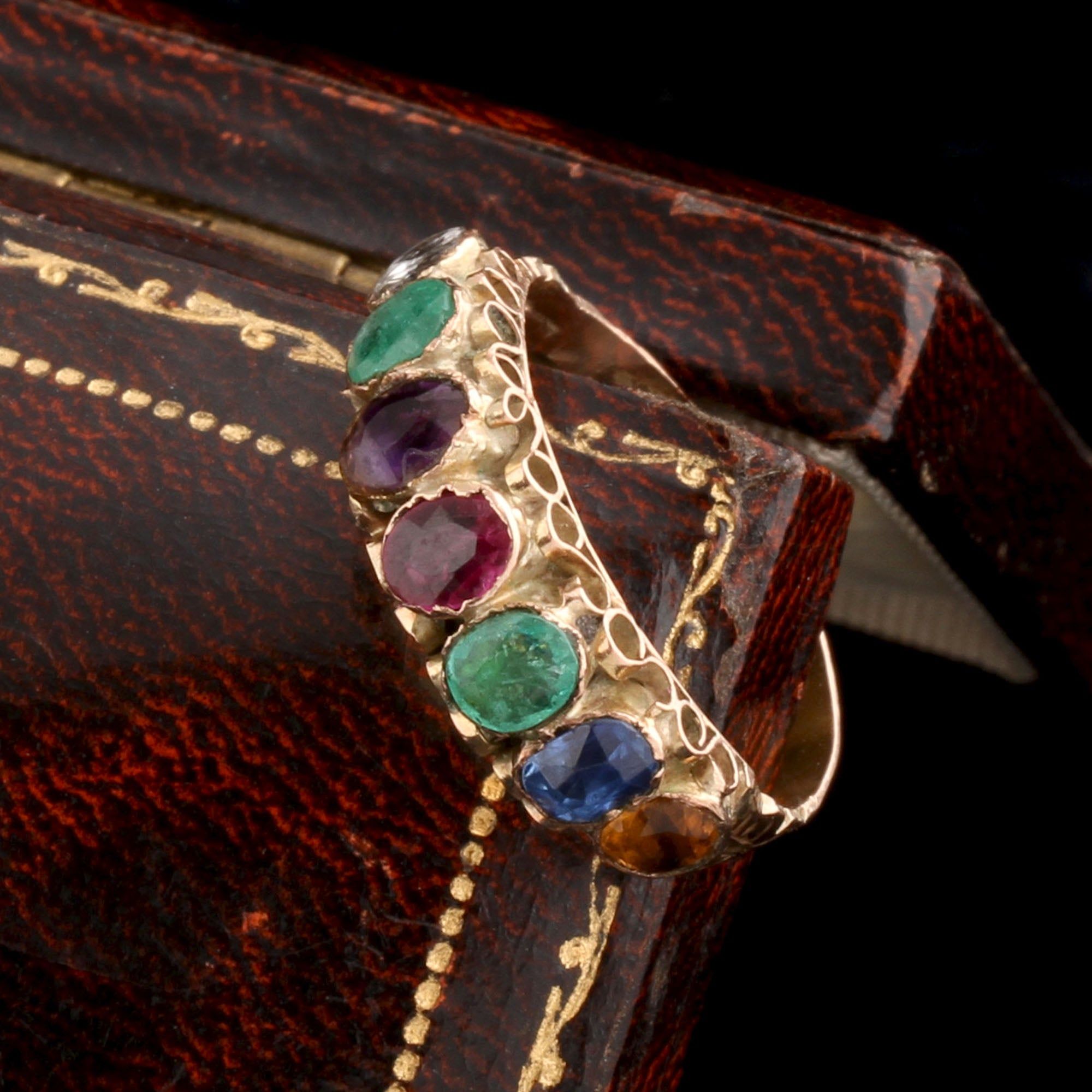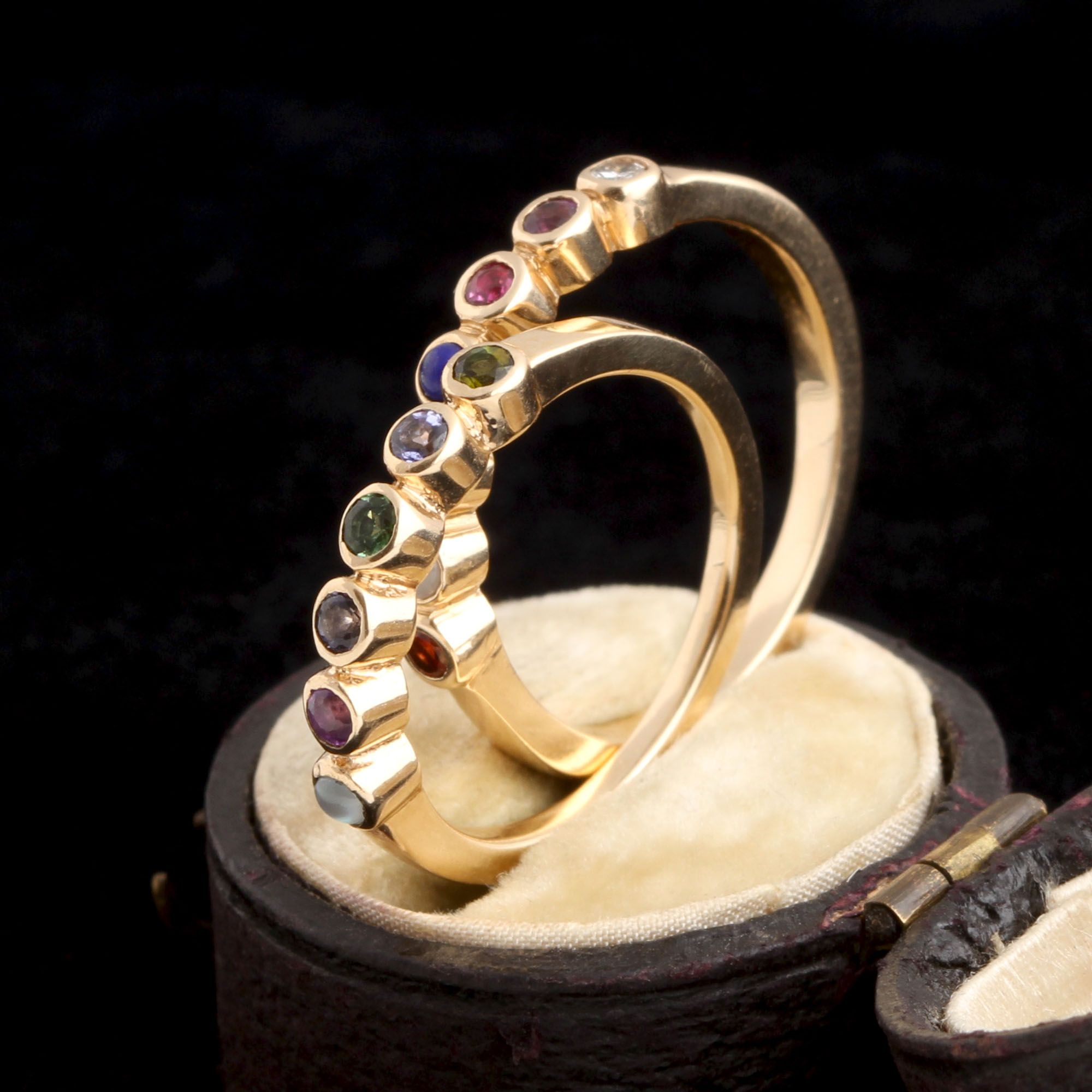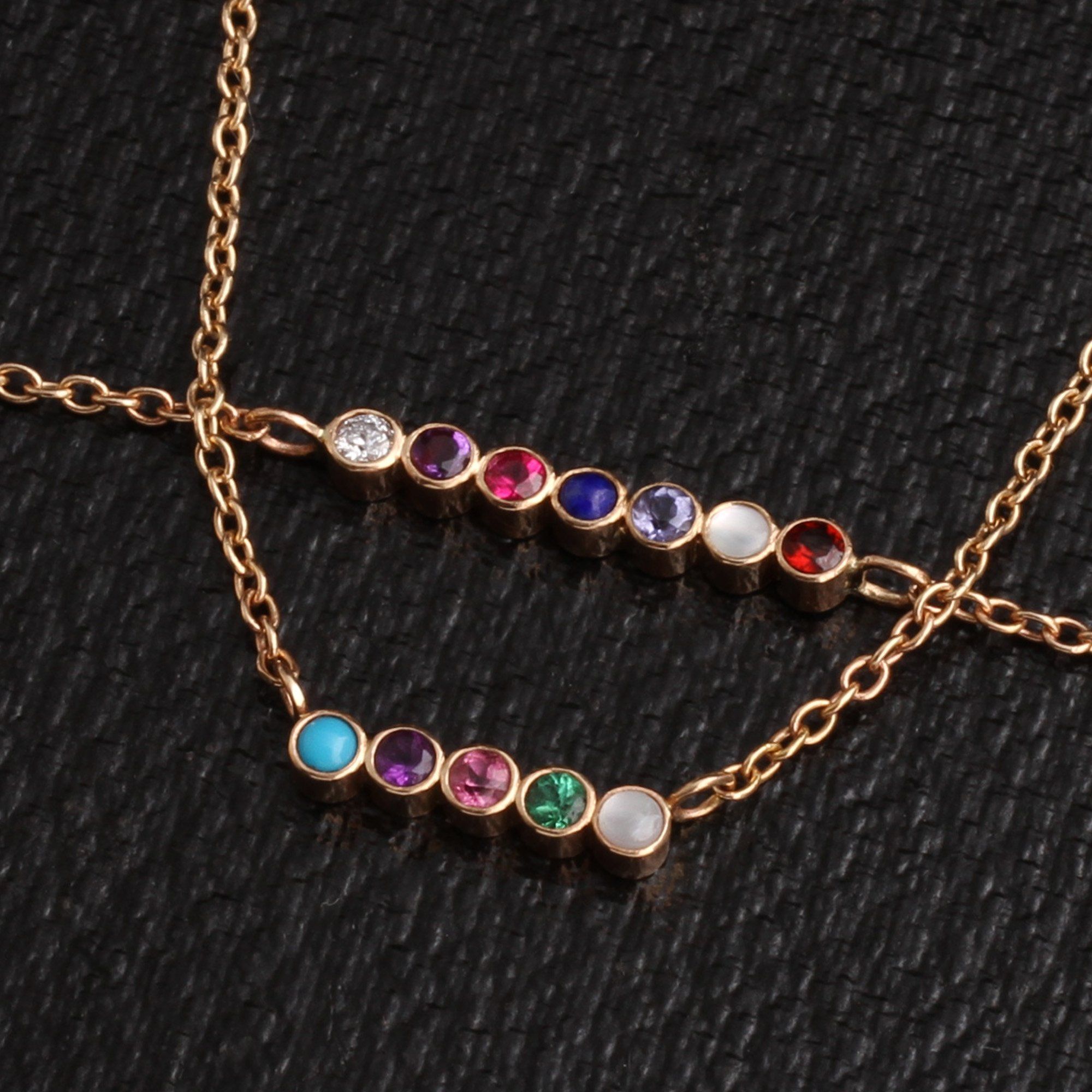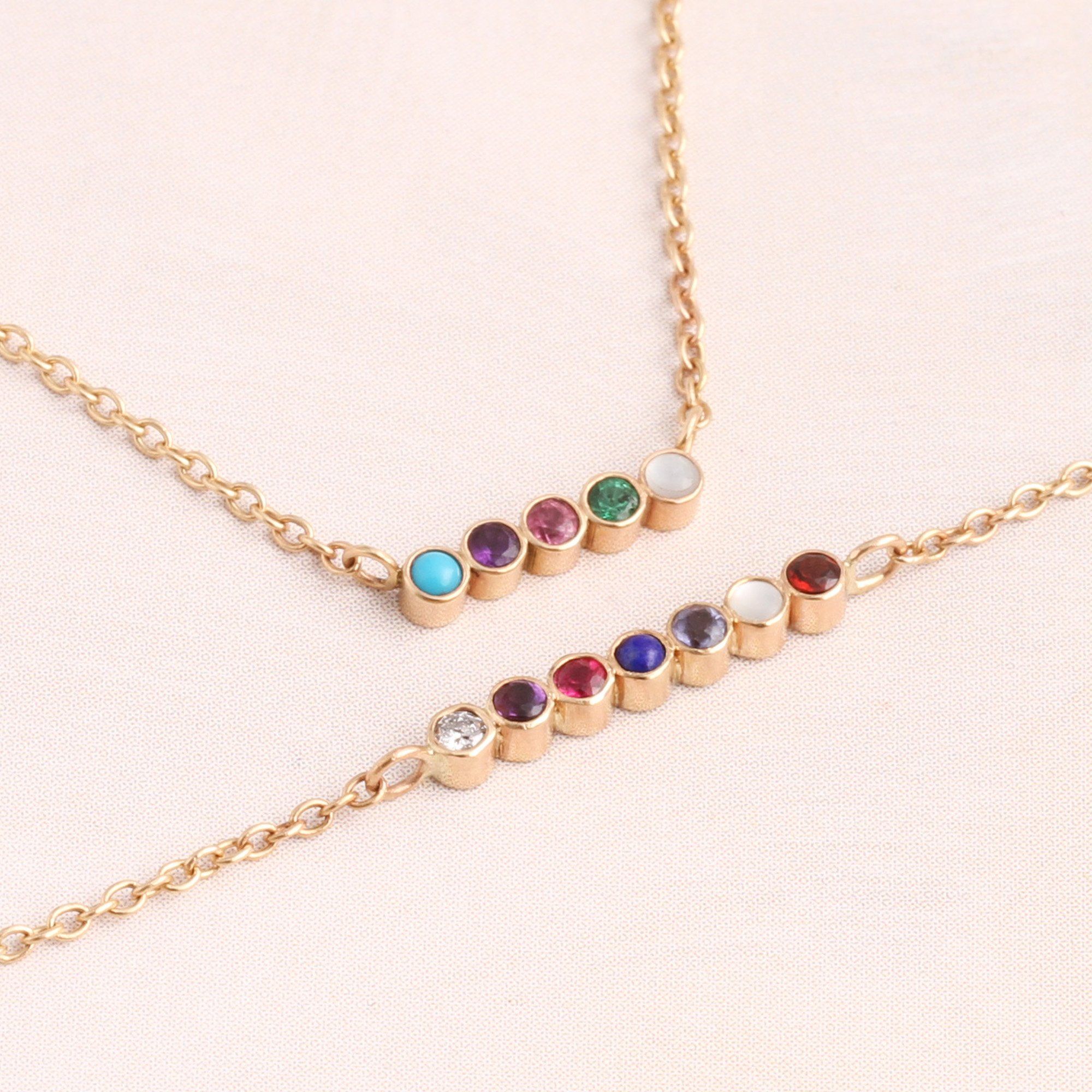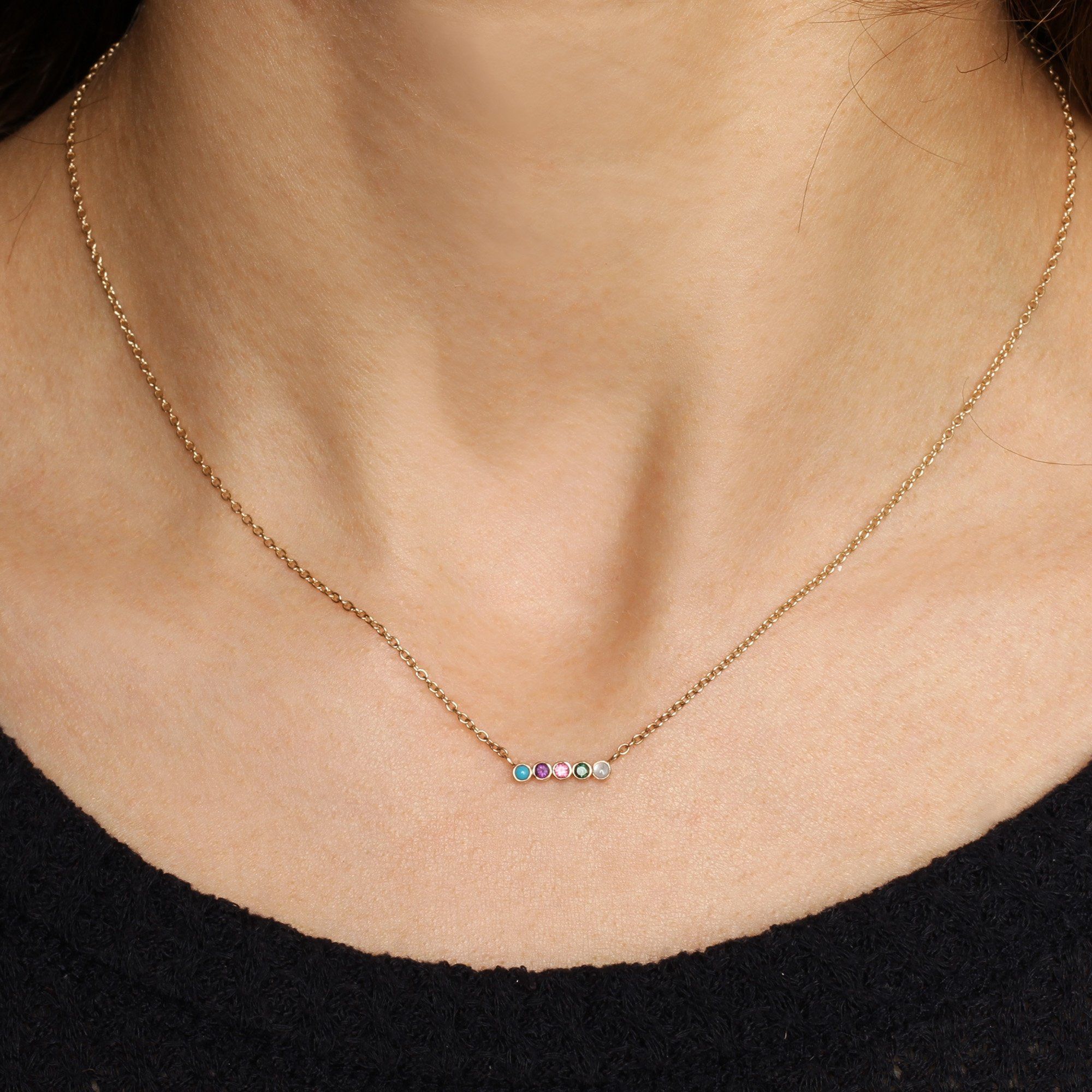If you lived during the 1800s, you would have been witness to a rapidly changing world. There was a travel revolution with the invention of steamboats, trains and improvements in stagecoaches. There was a communication revolution with the invention of the transatlantic cable: you could send a message from New York to London that would be received in two minutes rather than two weeks. A rising middle class coupled with the Industrial Revolution’s class of nouveau riche meant that the very fabric of society was changing.

The Lovers, Émile Friant, 1888. Musée des Beaux-Arts de Nancy.
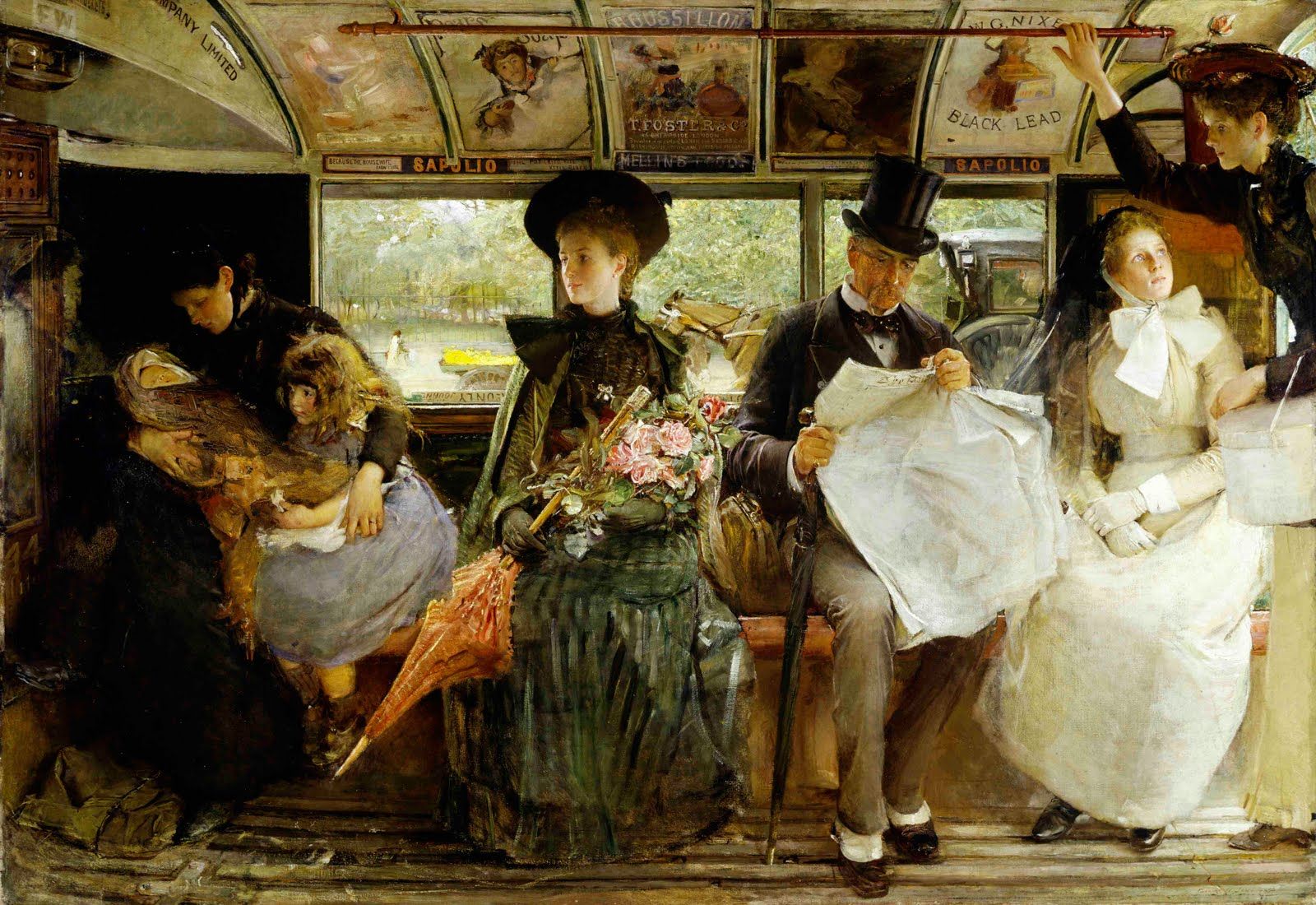
The omnibus, a horse-drawn bus, was one of the new modes of...
One of the ways that the Victorians dealt with these societal changes was to create a strict code of etiquette. Nearly every aspect of behavior was codified by rules, including romance and courting.
Some examples of these romantic rules: a gentleman should not bow from a window to a lady on the street, though he may bow slightly from the street upon being recognized by a lady in a window. It’s improper for a woman to use a man’s first name in everyday conversation. And under no circumstances should the couple touch.
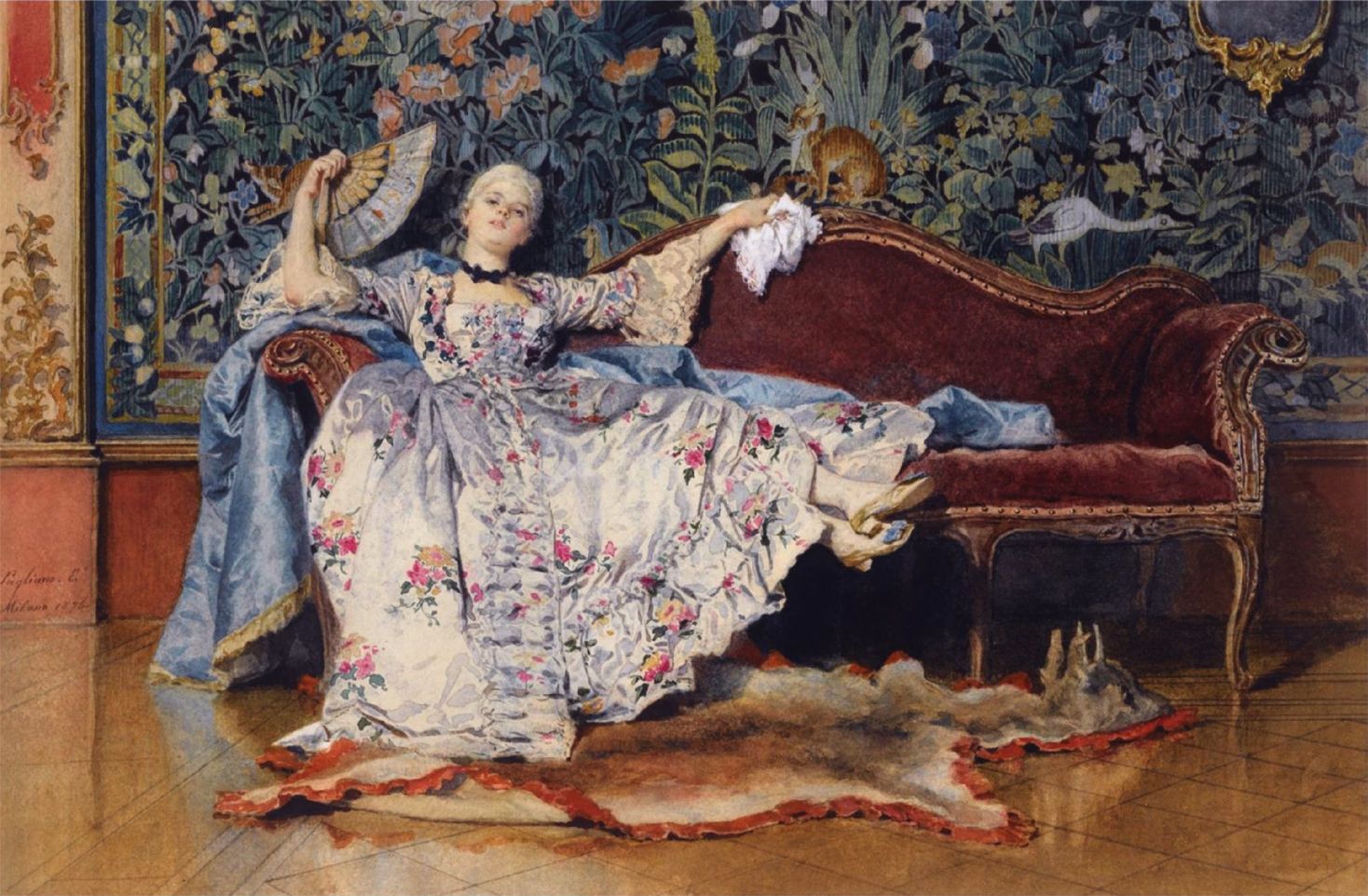
"A Reclining Lady with a Fan," by Eleuterio Pagliano, 1876. Sotheby's, March...
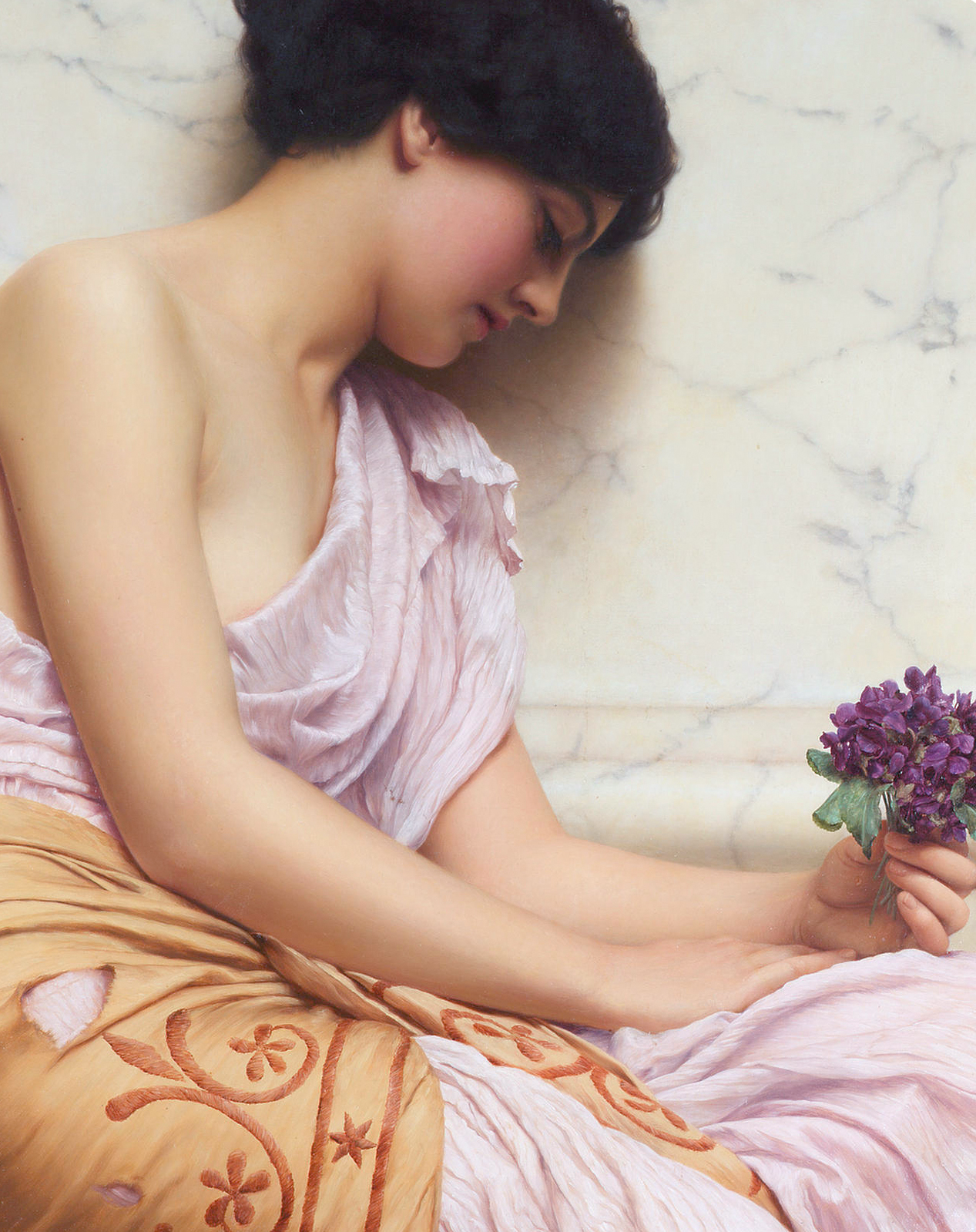
In the language of flowers, a purple violet would symbolize that the...
In lieu of straightforward conversation, coded messages were the means for communication. If a woman kept her fan closed, it meant she had no interest in the man's attention. A half-open fan was the friend-zone. An open fan was an open invitation. Fanning quickly meant that she was independent (or maybe just hot?). Fanning slowly meant she was engaged. We’ll stop there.
In a world full of big sexy feelings with no way to speak them, hidden meaning could be found everywhere. There was floriography, the symbolism of flowers. There was a secret language of postage stamps where the placement would convey a coded meaning. Colors even had symbolism (Goethe published his Theory of Colours in 1810).
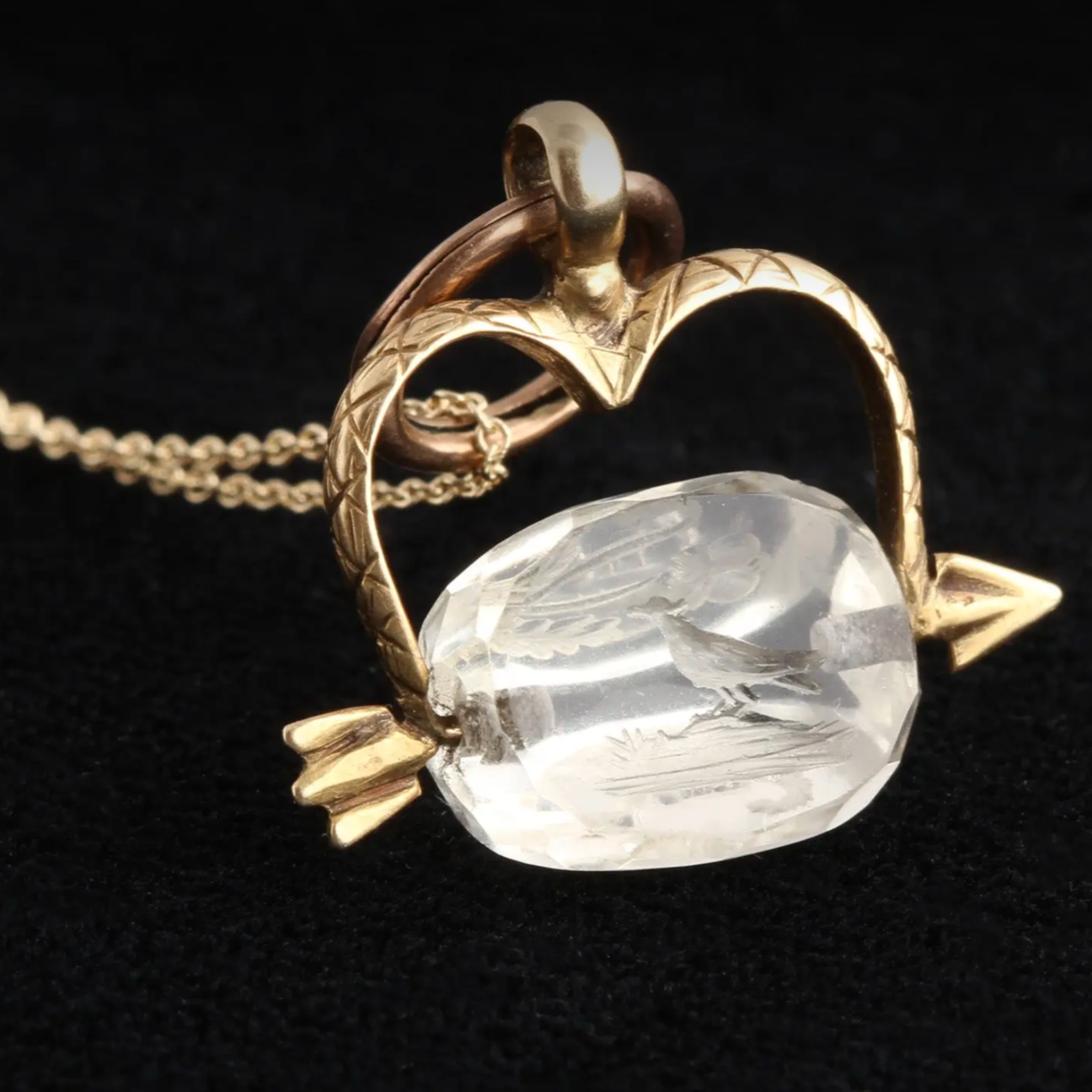
Georgian Heart & Arrow Spinner Seal Fob, Erica Weiner Archives
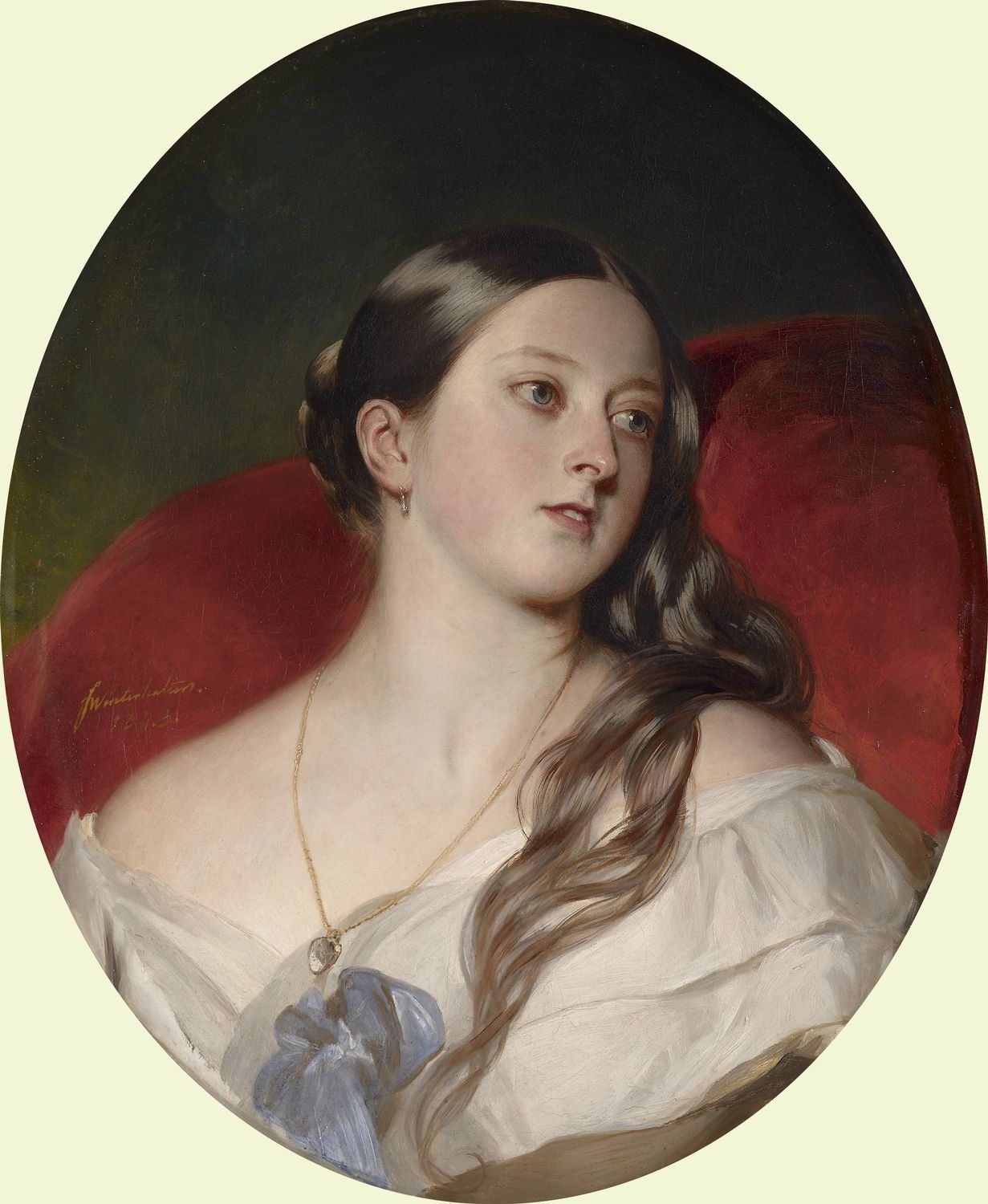
This pendant looks to be a glass heart-shaped locket containing a lock...
Secrets, by nature, are intimate. And jewelry, worn on the skin, is extra-intimate. So jewelry was particularly ripe for Victorian romantic symbolism. It could incorporate straightforward motifs like the heart (love), the anchor (fidelity, hope, trust) or the more complex arrow (it glitters, but it wounds).
Materials had meaning too. Gemstones, for millennia, had been imbued with general sentiments: the amethyst when combined with pearls could symbolize loss. Coral was for protection and turquoise love and loyalty. But using jewels to spell out a personal message? That was some masterful coding (and a genius marketing concept.)
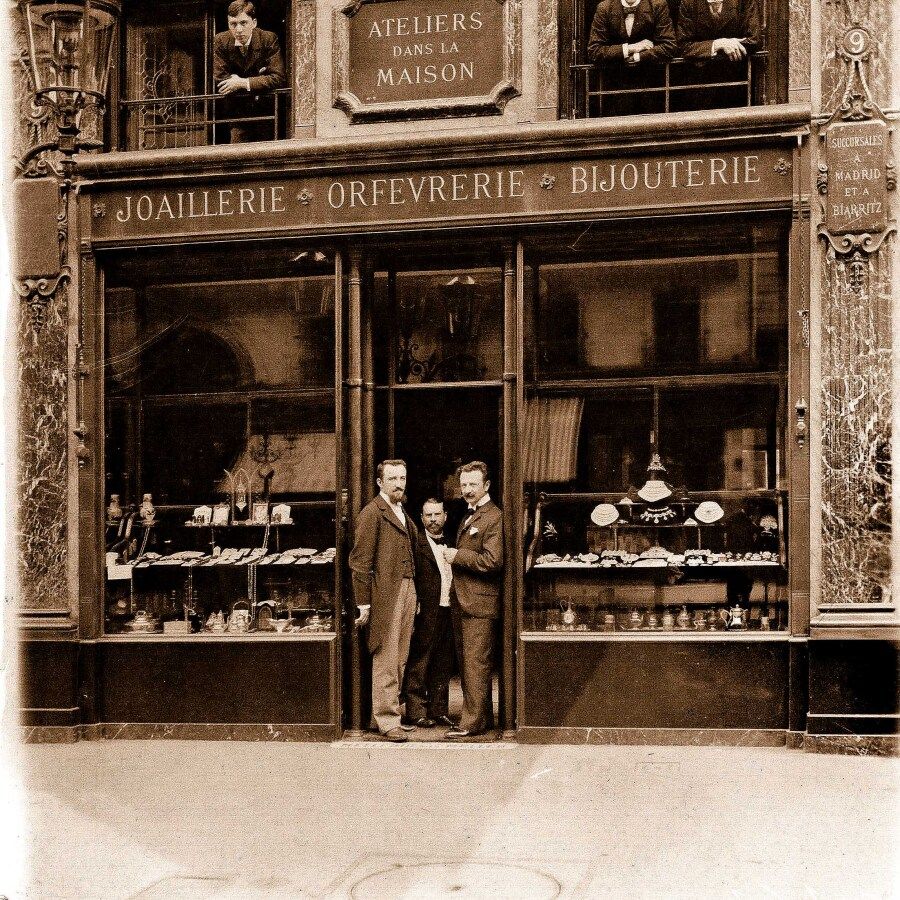
Believed to be the creators of the acrostic concept: Mellerio dits Meller,...
The idea of assigning a gemstone to each letter of the alphabet came from those masters of romance, the French. In 1806, Mellerio dits Meller - the French jewelry house who once outfitted Marie Antoinette - created an acrostic ring that spelled J’ADORE. Ooh la la! The elite took notice.
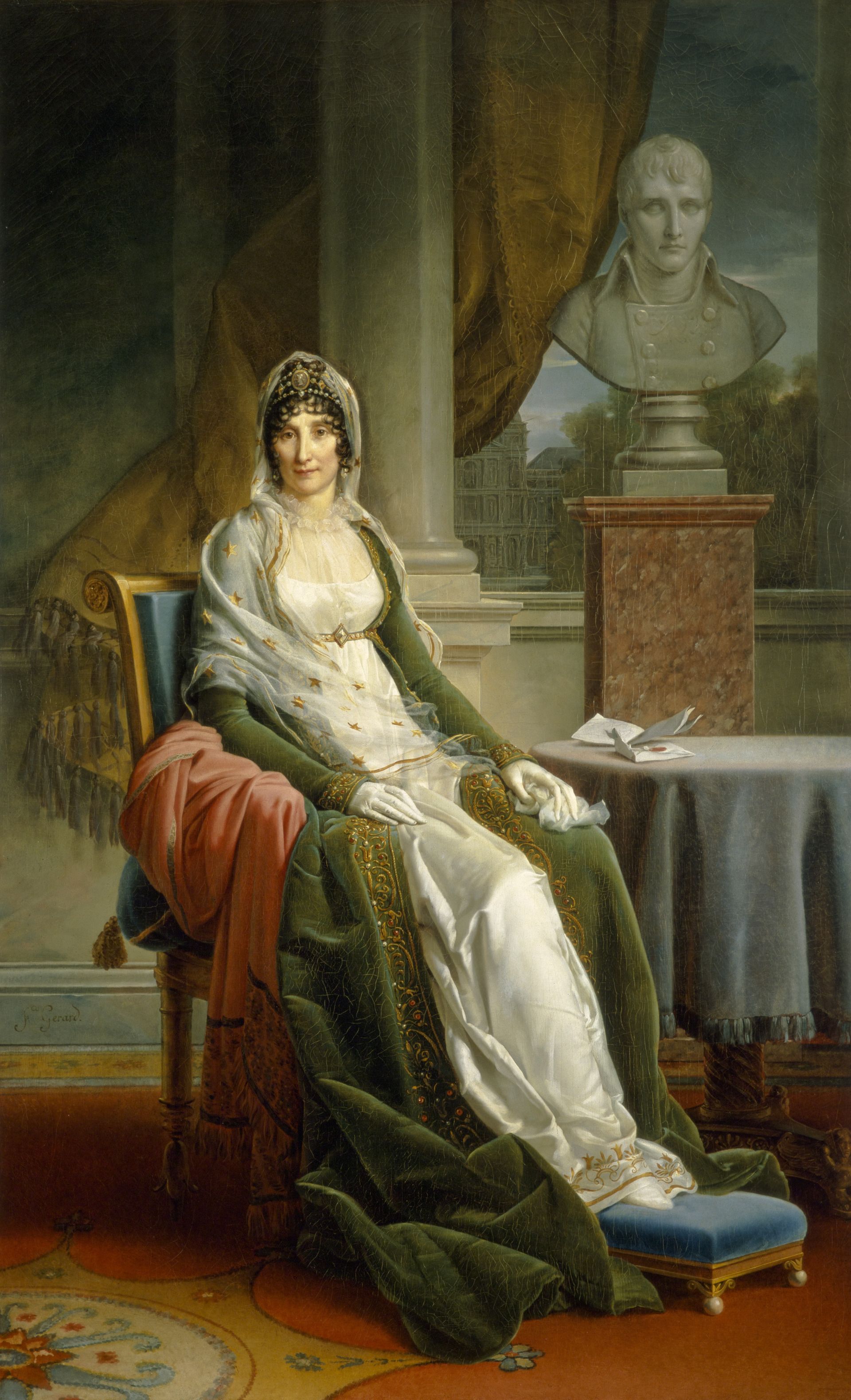
Napoleon’s mother known as Madame Mère by François-Pascal-Simon, called Baron Gérard, 1800-1804....

Empress Josephine’s acrostic bracelets given to her by Napoleon. The top spells...
And so amongst the countless orders that Napoleon placed with his favorite jeweler Marie-Étienne Nitot (who later founded the House of Chaumet) were acrostic pieces for his mother, his sister and the Empress Joséphine to mark sentimental moments. For Joséphine, Napoleon commissioned bracelets spelling out the names of "Eugene" and "Hortense" -- Joséphine's two children.
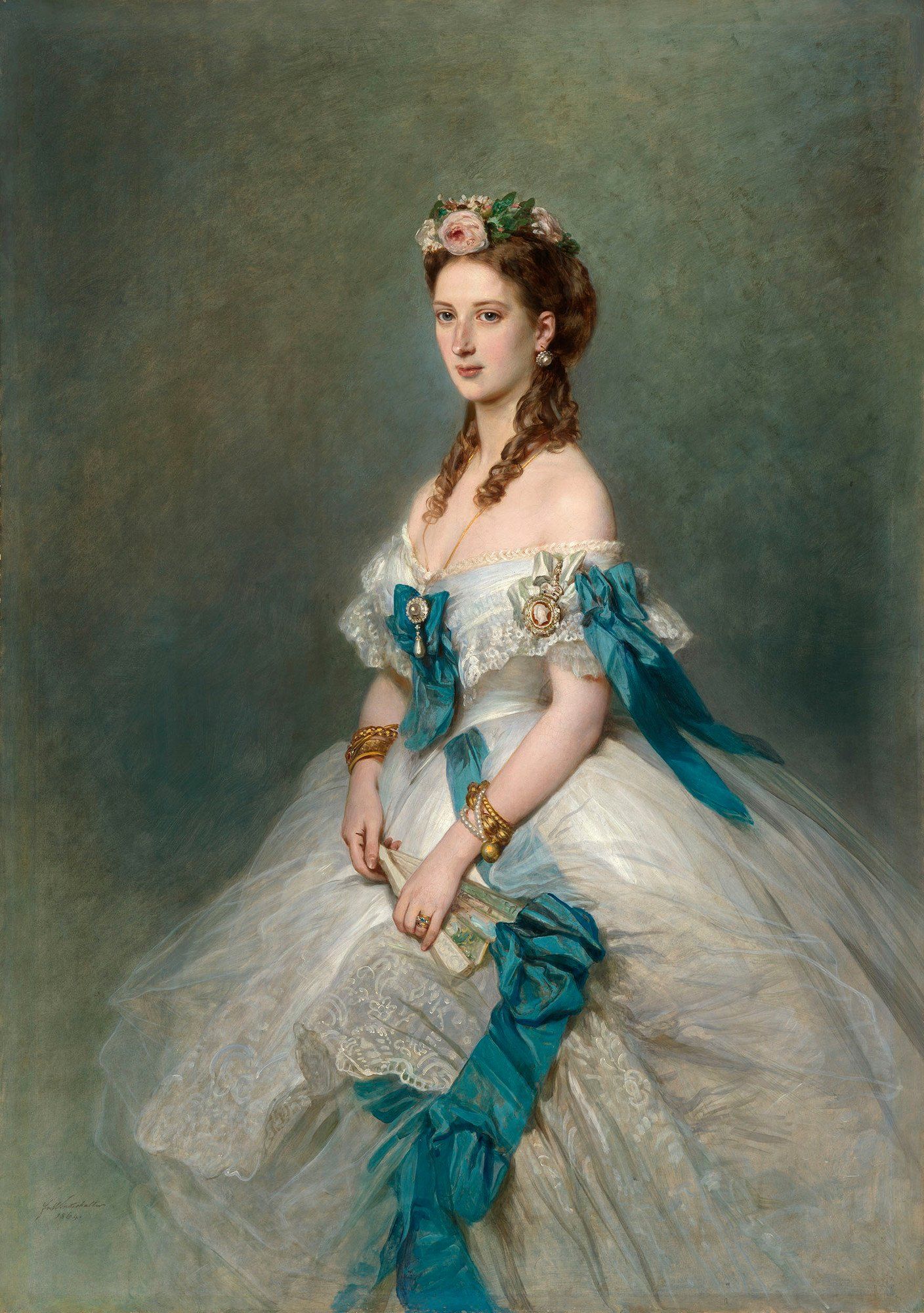
Princess Alexandra of Denmark shortly after her wedding. There looks to be...
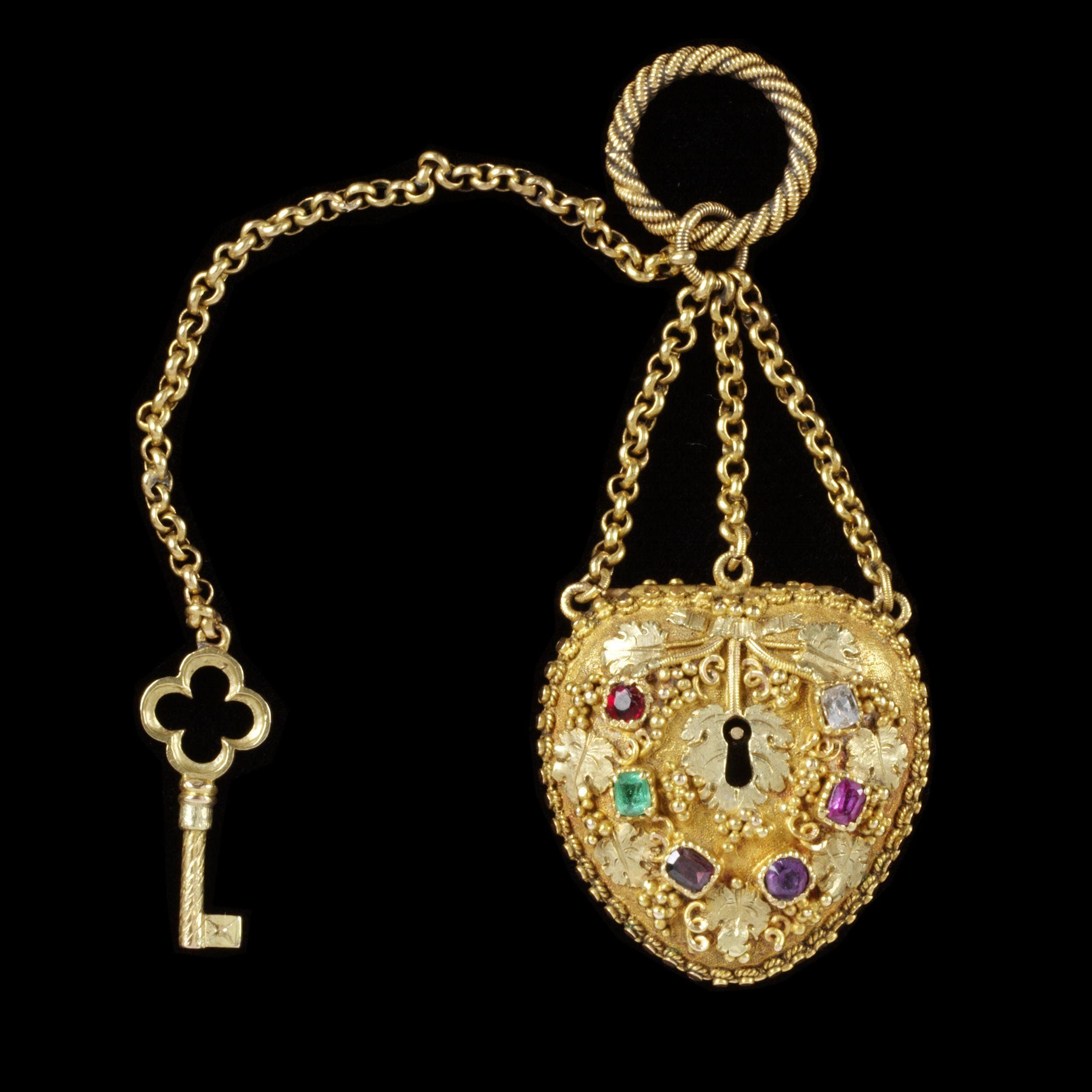
The jewels on this locket spell "Regard," 1840. The Victoria and Albert...
Part of Napoleon’s plan for France was to make it once again a leader in the world of fashion. That was challenging while waging war against Britain, but after 1815 the English began to emulate French fashion (and vice versa).
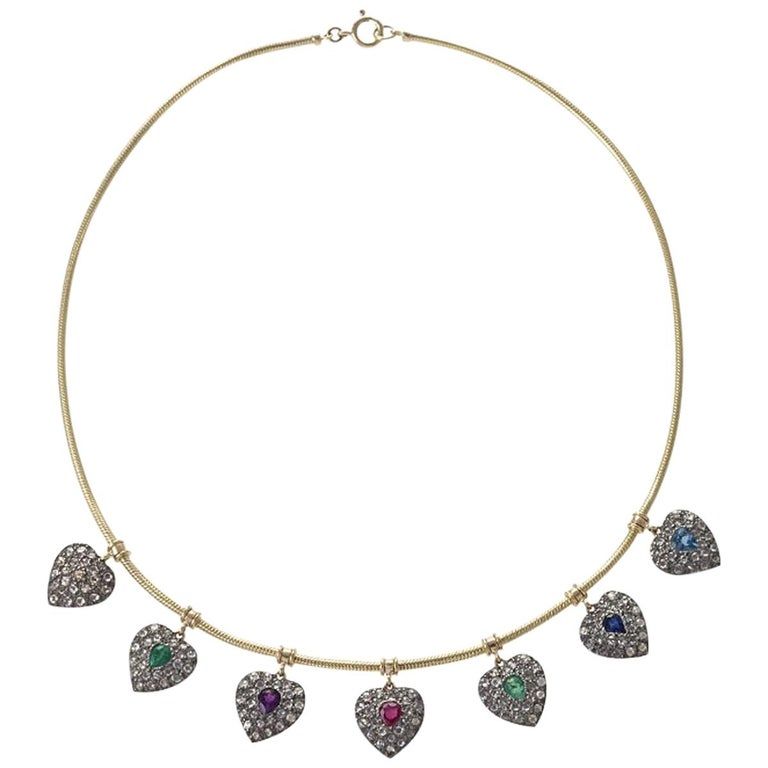
English, Victorian-era necklace. The stones in each of these heart pendants spell...
So it’s no surprise the Victorians were thrilled by the concept of a secret jewelry language. They were masters of symbolism, and in addition to the new acrostic alphabet, they already had an established code for expressing meaning through gemstone choice. Pearls, for example, represented loss while moonstones brought good fortune to the wearer. Two layers of meaning is better than one, right?
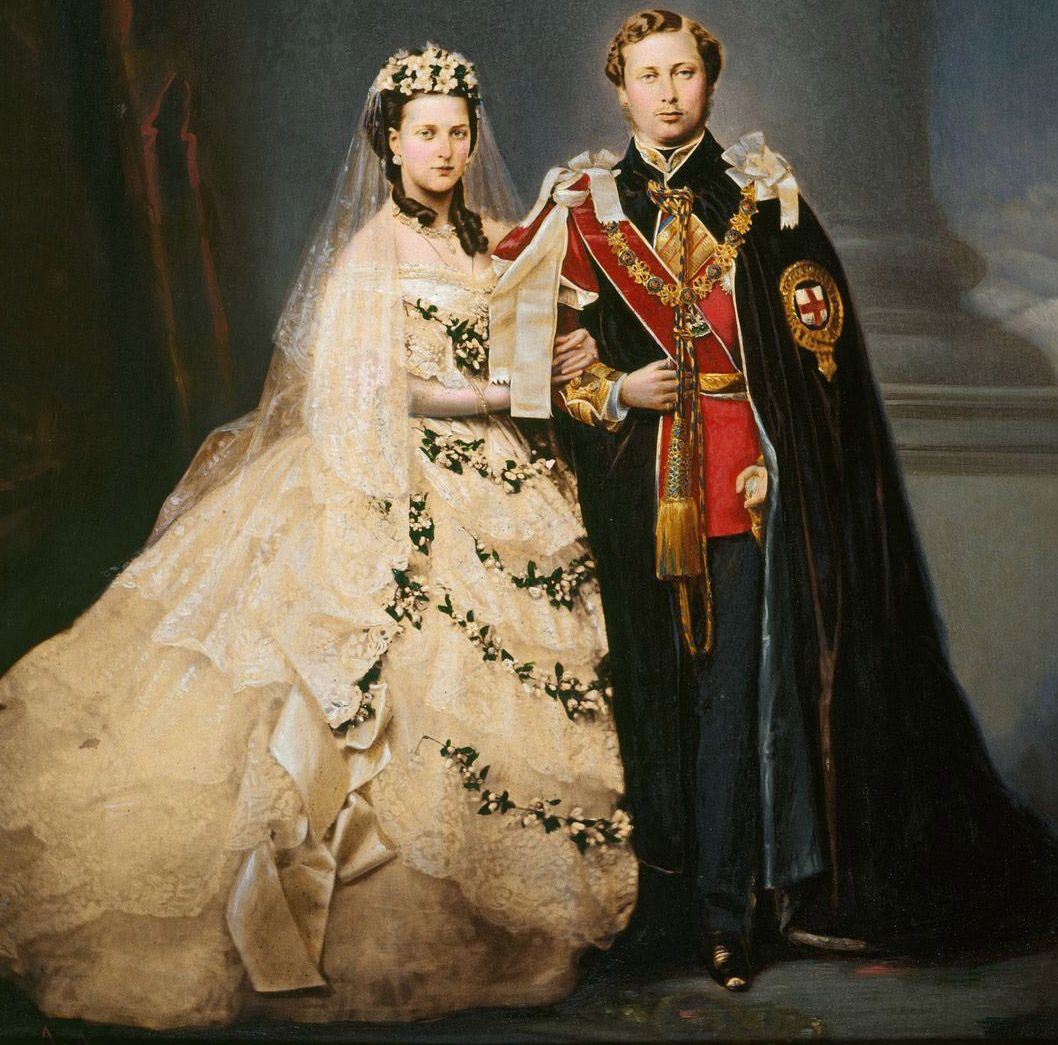
Prince Albert Edward and Princess Alexandra on their wedding day, 1863.
So when in 1862 Edward VII proposed to Alexandra of Denmark, he chose a gold acrostic ring made by London jeweler Garrard & Co. The ring was set with Beryl, Emerald, Ruby, Topaz and Jacinth, a type of zircon, (the i and j were considered interchangeable) and Emerald to spell out Bertie, his nickname. So bespoke, so intimate.
For those Victorians who didn't have a royal jeweler at hand, the most popular sentiments expressed in an acrostic ring were "Regard", "Adore" or "Dearest." The concept spoke to the Victorian interest in wordplay. Were people really saying "regard" to each other? It's unclear, but Ruby, Emerald, Garnet, Amethyst, Ruby and Diamond were easy-to-procure and popular gemstones. Jewelers often had to get creative using old gem names to get a necessary letter (as in V - vermeil, an antiquated word for garnet).
The fashion for acrostic jewelry continued until the 20th century, but World War I changed the landscape of sentimental jewelry and other trends took over.
For those of you as sentimental as Napoleon, we make custom acrostic rings, bracelets and necklaces that spell out anything your heart desires. We have more options than the First French Empire jewelers had: kunzite, discovered in California in 1902, would have been unknown to Mellerio. When stumped on finding a gemstone beginning with F, we came up with feldspar, a common garbage rock that our gemstone cutter reluctantly facets for us. It's been so fun to update and resurrect this nearly-dead jewelry trend. After all this time, it's hard to imagine a more intimate gift.
